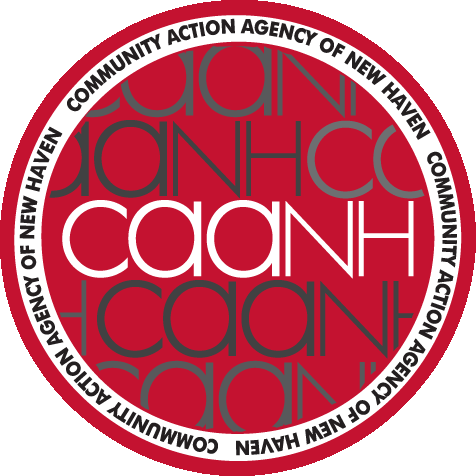
CAANH’s FREE Community vaccination clinic Wed Jan 12, 3 – 7 pm

CAANH’s FREE Community Vaccination Clinic

CAANH’s FREE Community vaccination clinic Wed Jan 12, 3 – 7 pm

CAANH’s FREE Community Vaccination Clinic
pt 2
FROM T.I. TO RICH HOMIE QUAN AND BRANDY, THEY ALL ROCKED THE MIC AT THE 2014 HIP HOP AWARDS BUT ONLY ONE OF THEM CAN WALK AWAY WITH THIS AWARD. VOTE NOW FOR WHO HAD THE BEST PERFORMANCE.

Love And Hip Hop is finally back!! The New York cast of the show is returning to our screens on Monday, January 7th and it’s safe to say the new season will bring huge surprises and shakeups. Returning for another season are original cast members Olivia Longott and Rich Dollaz, and season two veterans Yandy Smith and Erica Mena. Beyond that, the show will feature all-new faces and plotlines (um, hello, Rich Dollaz and Erica Mena are an item now?? We’re already intrigued.) Just so you can familiarize yourself with the new cast, check out the official VH1 press release below, and our gallery of who’s who in the new cast. We can’t wait until the new year for this to all go down!
The New England Hurricane of 1938 (or Great New England Hurricane or Yankee Clipper or Long Island Express or simply The Great Hurricane of 1938) was the first major hurricane to strike New England since 1869. The storm formed near the coast of Africa in September of the 1938 Atlantic hurricane season, becoming a Category 5 hurricane on the Saffir-Simpson Hurricane Scale before making landfall as a Category 3 hurricane[1] on Long Island on September 21. The hurricane was estimated to have killed between 682 and 800 people,[2] damaged or destroyed over 57,000 homes, and caused property losses estimated at US$306 million ($ 41.1 billion in 2011).[3] Even as late as 1951, damaged trees and buildings were still seen in the affected areas.[4] To date it remains the most powerful, costliest and deadliest hurricane in recent New England history, eclipsed in landfall intensity perhaps only by the Great Colonial Hurricane of 1635
The storm surge hit Westerly, Rhode Island at 3:50 p.m. EDT, resulting in 100 deaths there alone.[17]
The tide was even higher than usual because of the Autumnal Equinox and full moon. The hurricane produced storm tides of 14 to 18 feet (5 m) across most of the Long Island and Connecticut coast, with 18- to 25-foot (8 m) tides from New London east to Cape Cod. The storm surge was especially violent along the Rhode Island shore, sweeping hundreds of summer cottages out to sea. As the surge drove northward through Narragansett Bay, it was restricted by the Bay's funnel shape and rose to nearly 16 feet (15.8) feet above normal spring tides, resulting in more than 13 feet (4.0 m) of water in some areas of downtown Providence. Several motorists were drowned in their autos.[18] Due in part to the economic difficulties of the Great Depression many of the stores of downtown Providence were looted by mobs, often before the flood waters had fully subsided.
The impact of the storm was strong enough to be recorded on seismographs in California and Alaska.
Many homes and structures along the coast were destroyed, as well as many structures inland along the hurricane's path. Entire beach communities on the coast of Rhode Island were obliterated. Napatree Point, a small cape that housed nearly 40 families between the Atlantic Ocean and Little Narragansett Bay just off of Watch Hill, Rhode Island, was completely swept away. Today, Napatree is a wildlife refuge with no human inhabitants. One house in Charlestown was lifted and deposited across the street, where it stood, inhabited, until it was demolished in August 2011. The only structures lying directly on the coast that survived the storm were the immense stone mansions in Newport, mostly because the largest mansions were along the Cliff Walk, high above the waves, though several, including The Breakers and Carey Mansion (known at that time as Seaview Terrace) still bear scars from the high winds of the storm.
A few miles from Conanicut Island, keeper Walter Eberle lost his life when Whale Rock lighthouse was swept off its base and into the raging waves. His body was never found.
Westerly Sun reporter Bill Cawley set out for New Haven around 4:00A.M. on Friday. Driving over golf courses and through backyards to avoid downed power lines and uprooted trees, talking his way through police and military barricades, Cawley finally staggered into the office of the Associated Press several hours later. An editor on duty refused to believe the horror story he told about Westerly. As authorizing calls were placed to Washington, Cawley sat down to write his first-person account. His story broke on the front page of the Washington, D.C., Evening Star that afternoon.
"I reached the outside world today after witnessing the scenes of horror and desolation that came in the hours after a tidal wave, hurled miles inland by a hurricane, engulfed Westerly, Rhode Island, my home, two days ago.
"I counted bodies — row upon sickening row of them — stretched out in the old town high school after all the city's morgues were filled. When I left at four o'clock this morning, there were 74 dead and almost 100 missing ... "
The world now knew about the horror at Westerly.